By Cindy Tan, Physiotherapist, Back2Sports
Patellar tendinitis or ‘jumper's knee' is a condition that results from an inflammation of the patellar tendon.
The patellar tendon is the structure that connects the patella (knee cap) to the tibia (shin bone). More specifically, the knee cap is a small floating bone (sesamoid) which attaches the quadriceps to the tibia through the patellar tendon. Hence the patellar tendon, being a continuation of the bulky quadriceps muscle, is pivotal to the way you move your leg. It helps the quadriceps muscle extend the lower leg so that you can kick a ball, jump in air or push the pedals on your bike.
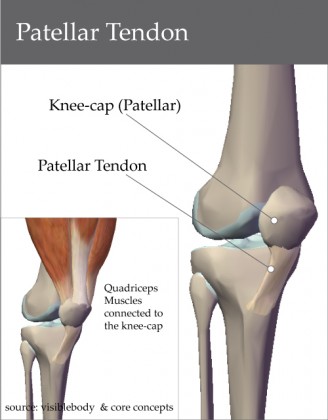
The symptoms of patellar tendinitis are pain and occasionally a swelling over the patellar tendon. Pain is usually sharp during activities such as jumping or running, and persists as a dull ache after the activity. Initially the pain might be present only during the start or after completing the sport, which then worsens and becomes more constant. Everyday activities such as climbing up and down stairs might be painful too. Pain on pressing directly over the patellar tendon is a characteristic feature in examination. Professionals may recommend an X-ray or MRI to detect or rule out bone spurs and tendon degeneration.
The most common cause of patellar tendinitis is overuse. This occurs frequently in jumping sports such as basketball and volleyball and hence it is is often referred to as ‘jumper's knee.' However it can occur with sports such as running and soccer too. A less common cause is due to direct injury to the tendon.
The inflammation can be a result of numerous factors. Here are some of the causes which lead to patellar tendinitis:
[TABLE=199]
Treatment of patellar tendinitis is usually conservative, and is briefly discussed below:
[TABLE=200]
Back2Sports – Sports Injury Management is a division of the Core Concepts Group, a leading musculo-skeletal therapy specialist group in Singapore. Back2Sports is the organiser for Runners’ Affair for beginning and intermediate runners.

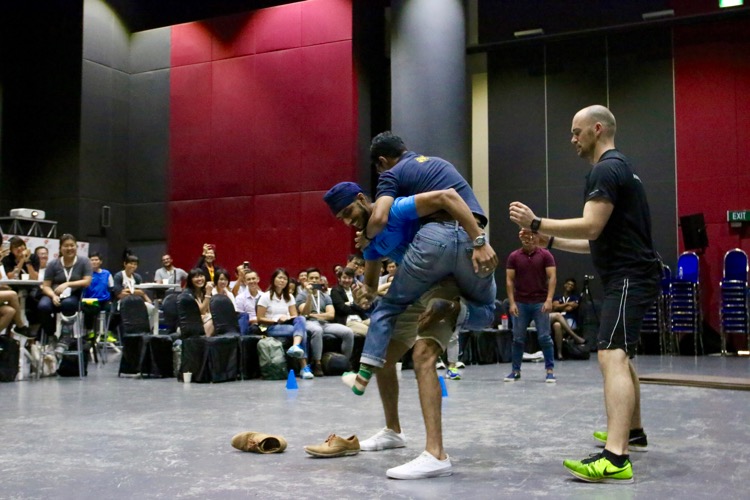


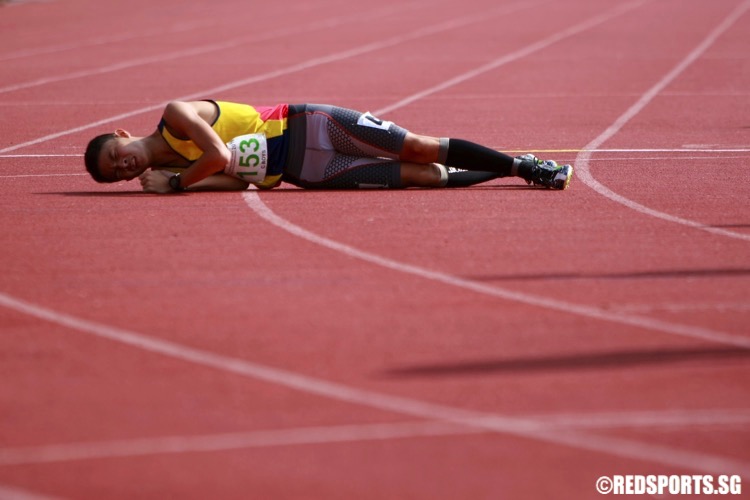
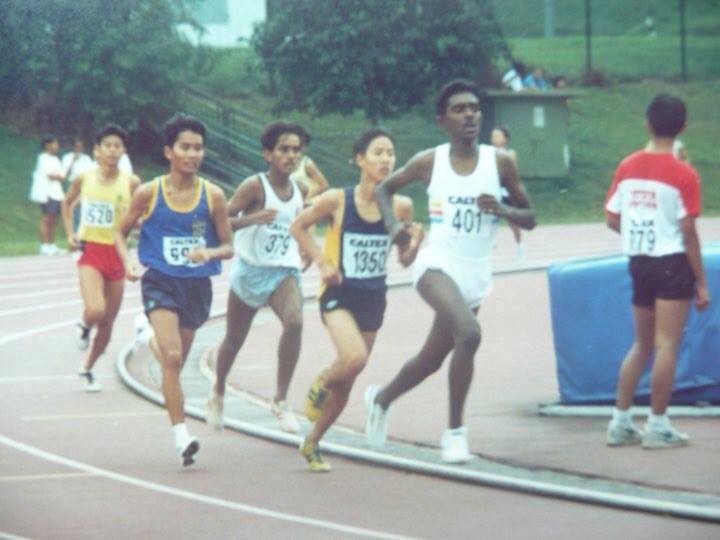
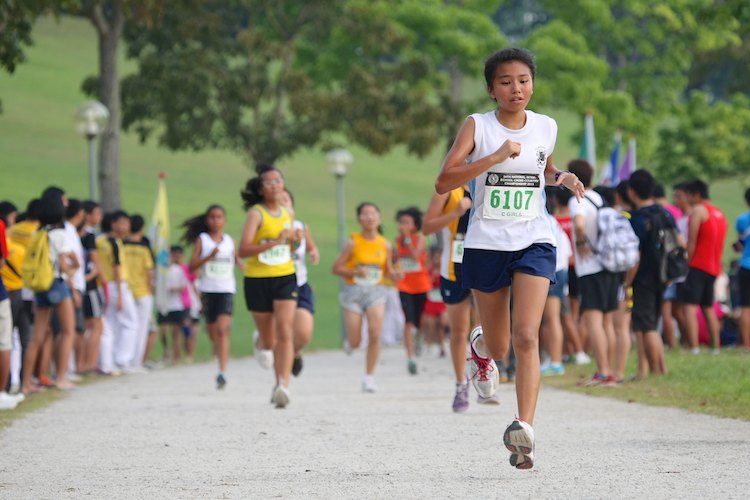
Leave A Comment